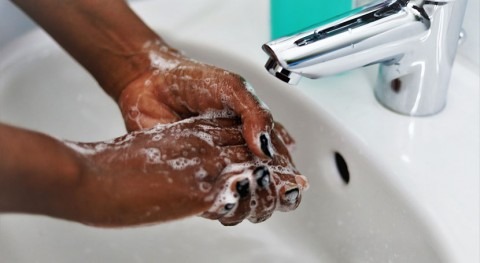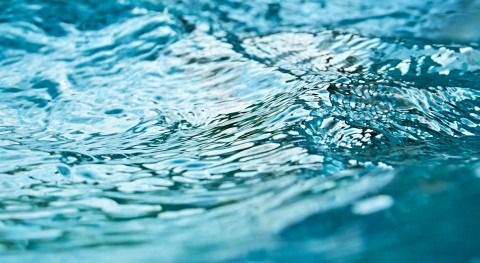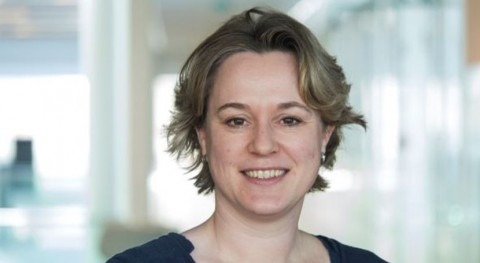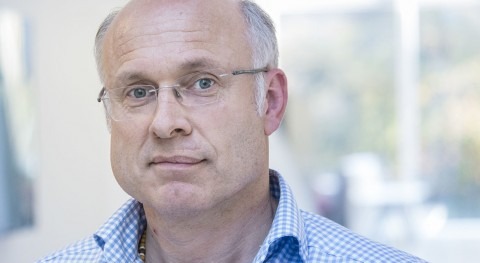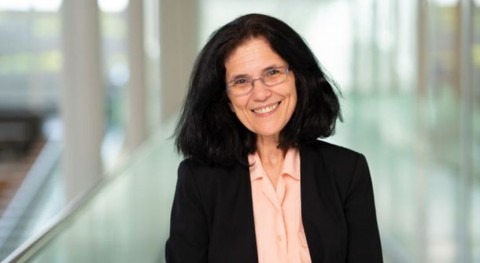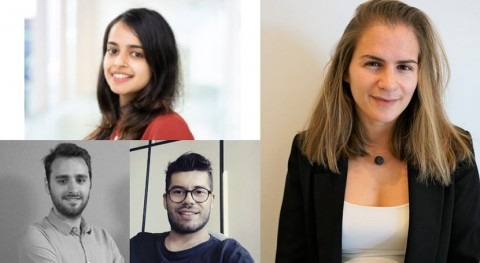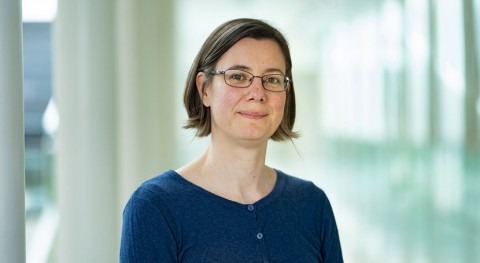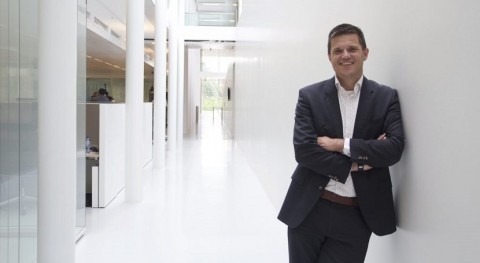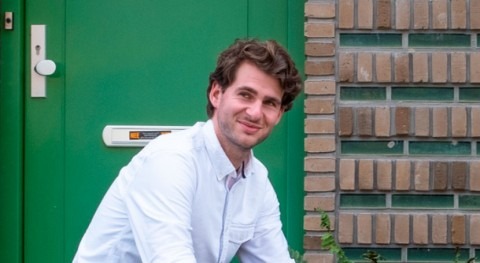As the virtual and physical worlds become more merged, major brands are exploring the integration of Augmented Reality (AR) and other Mixed Reality (MR) applications.
Computer giant Microsoft recently announced Mesh, a digital platform connecting geographically distributed groups to meet and collaborate in shared MR sessions.
The water industry is also exploring the use of AR. Teams can now visualise and navigate future project simulations in AR and make design tweaks in real-time. AR is also being explored as a tool to help increase public engagement on water reuse as part of circular economy projects.
Sewer mining in Athens
In Athens, an augmented reality smartphone app is being developed that allows people to “see behind the curtain” and engage in a circular development.
Located in Goudi, a decentralised “sewer mining” unit treats sewage water to be reused at the urban tree nursery. The demo site explores three aspects of the circular economy: optimisation of water resources, nutrient mining and reuse and energy generator practices.
Part of NextGen, a four-year H2020 project, it falls under the EU Water in the Context of the Circular Economy programme.
“Sewer Mining as a concept is gaining traction,” says Dr Klio Monokrousou from the Laboratory of Hydrology and Water Resources Management, NTUA, Athens. “It’s an innovative way to address water scarcity in real-world urban environments. Due to its decentralised form, it can be installed in situ, and therefore closer to the circular economy concept.”
While Virtual Reality (VR) transports the user into an immersed environment, often in a fully enclosed headset, AR instead layers computer-generated imagery on top of the real world.
As the containerised solution is effectively a “closed box”, the AR app, currently in beta testing phase, would allow passers-by to “see inside the container” and visualise the water recycling process on their smartphones.
“As the circular economy is a broad yet widely use term, there are elements that cannot be easily conceptualised, either in the proposed solutions or in the water circle itself,” says Dr Tina Katika, researcher at the Institute of Communication and Computer Systems (ICCS), Athens. “We believe that this engagement tool will increase the learning value of the demo cases.”

Gamification
The app is being developed to be educational. Gamification aspects such as badging, an award system, question, survey feedback, and many other features will enable users to learn while engaging in circular economy principles.
Testing of the app on site has been delayed due to the pandemic, says Dr Katika: “It has been difficult to talk to people in masks and ask them to touch your phone!”
However, the ICCS is planning on distributing a worldwide survey to help "understand how people would accept such a technology or a tool to engage themselves with circular economy practices”. Dr Katika believes the app could also help people view the benefits of circularity closer to home.
“We’re also trying to demonstrate and help people to visualise how life could be different when we use circular economy practices,” she adds. “For example, you can use the app to understand how much water you use in your household.”
How sewer mining works
Sewer mining flips the script on the traditional wastewater treatment model. Units are deployed closer to where the resources, namely water, nutrients and energy, are needed.
The application consists of a small pumping station that pumps wastewater from the local sewage network to a membrane bioreactor (MBR) unit. Wastewater is treated by biological treatment for organic oxidation and nitrification, denitrification, and membrane filtration.
After the MBR unit, the water goes to UV disinfection before the high-quality reclaimed water is suitable for irrigation and aquifer recharge during the winter.
Besides integrated energy and nutrient recovery schemes being tested in Athens, a high-quality compost-based eco-engineering product is to be produced as an onsite fertiliser. This is made from mixing wastewater sludge with treated wood and green wastes from tree pruning.
High replication potential
“The sewer mining project in Athens has a very high replication potential across European cities,” says Jos Frijns, researcher at KWR Water Research Institute.
"It's extracting sewage on the point of demand from the sewer line directly, where you can use and reuse the water for purposes such as urban irrigation or street cleaning."
Frijns adds: "This is a good example of when the circular water solutions also have a positive benefit on a system level. In this case, the irrigation of urban parks with reclaimed water will alleviate heat stress due to climate change. Public engagement is an important success factor for the implementation of circular water solutions. It is exciting to see how the AR app will not only visualise the technologies to the public but also will contribute to the general understanding of the overall benefits of circular solutions.”




